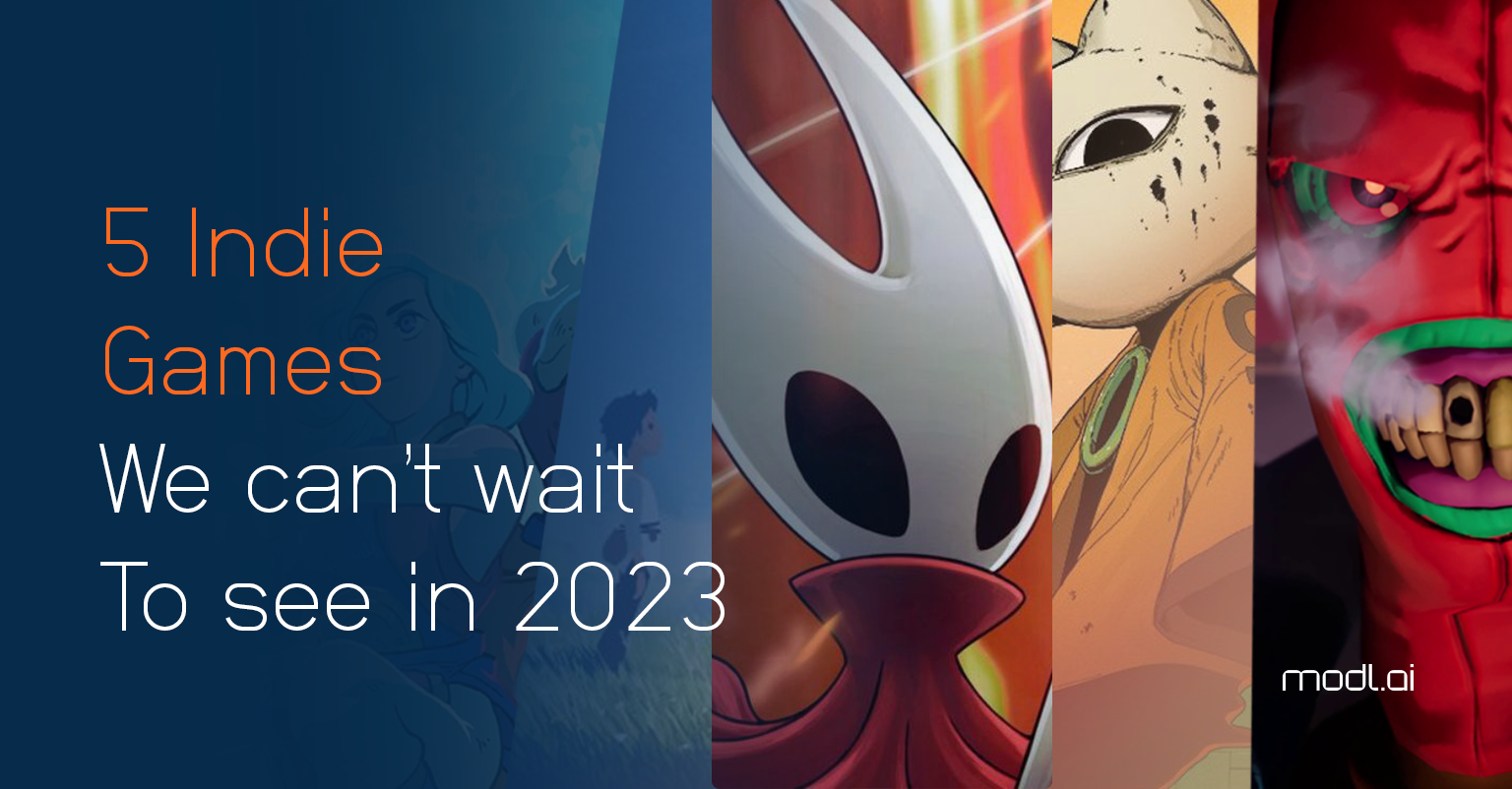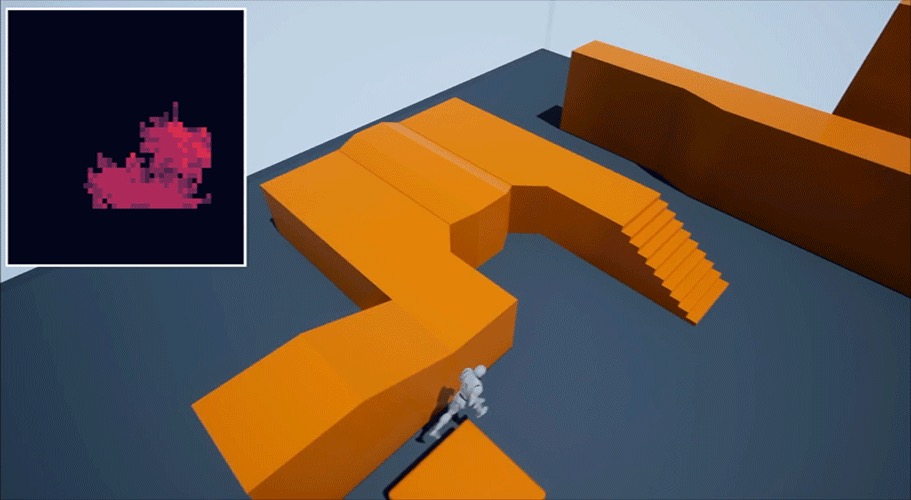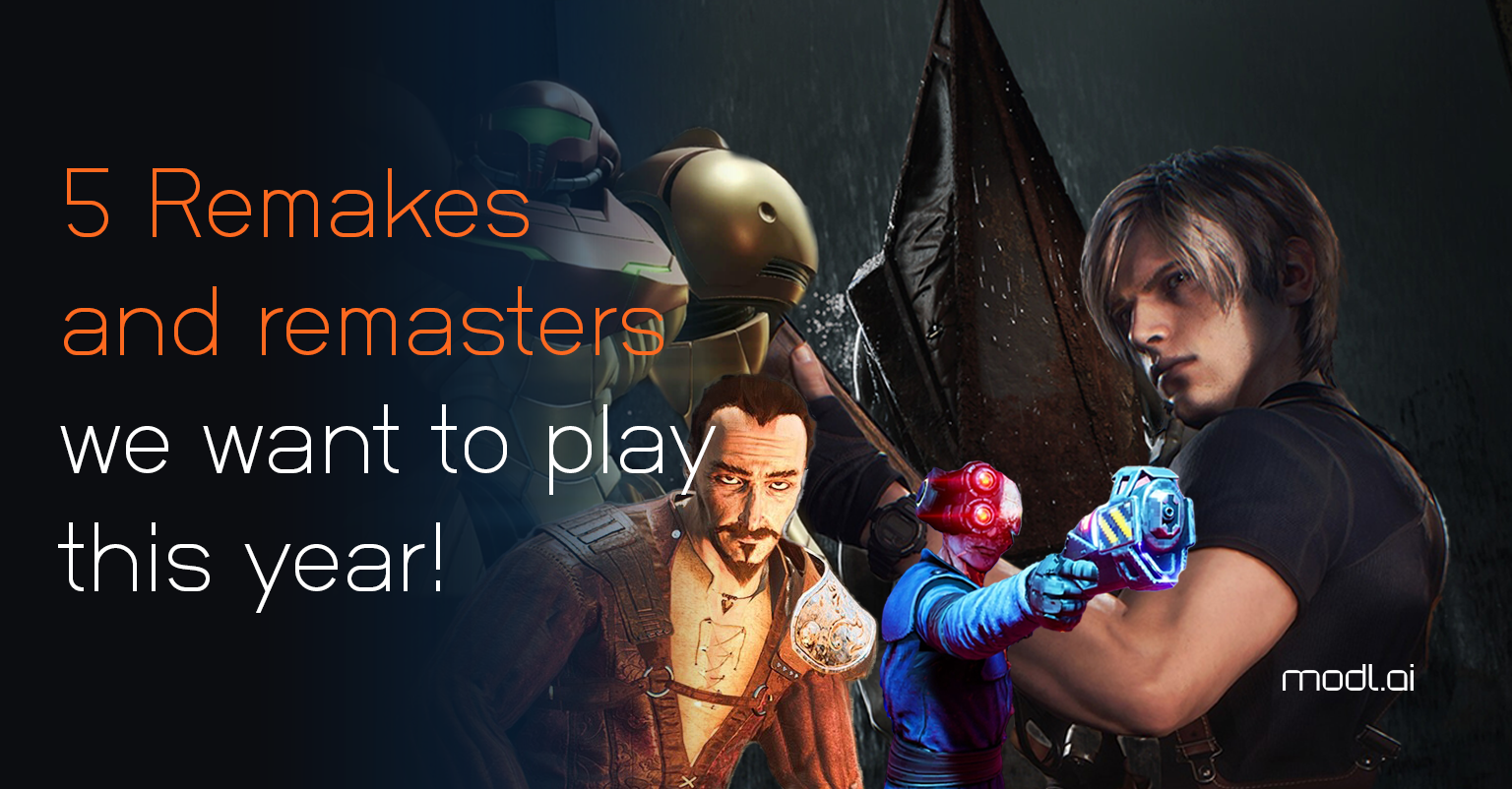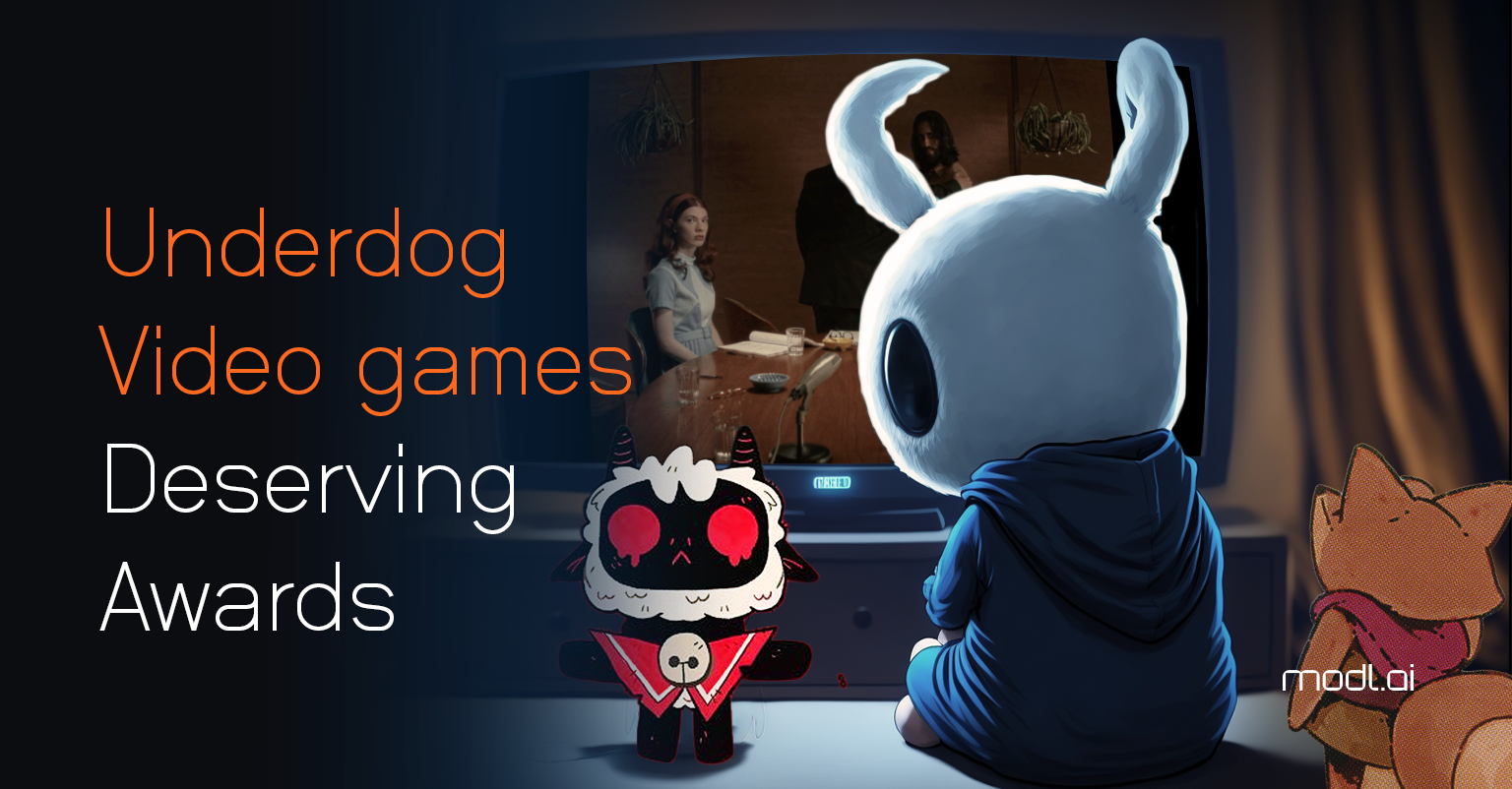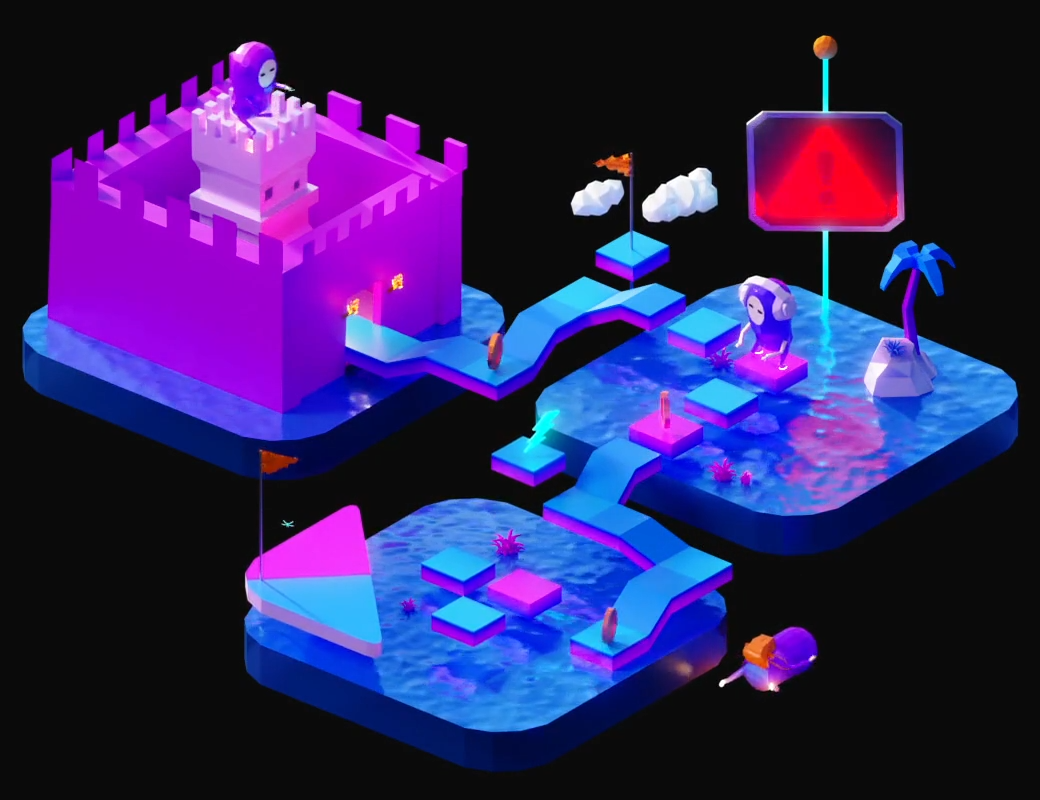As a homage to modl.ai’s mission of seeking to remove the shackles of game
development, our team attended and participated in the March 2023 Game
Developers Conference (GDC) in San Francisco, CA. Through meeting and
connecting with current and future game developers and publishers, the modl.ai
team was able to spark conversations around the continued transformation of AI
engines, specifically at a hosted AI Summit session titled: “Bots at Work: Lessons on
Deploying ML Bots in Your Game.”
Attendees interested in the latest AI tools and models for games — from PCG-based
game design to reinforcement learning (RL) were invited to attend the session.
Within the session, developers and publishers were provided examples of “cheat
codes” to build game architecture for the future. By displaying realistic problems
faced by AI bots through game integration, attendees grasped a better
understanding of action steps to take to improve such issues and provide a better
experience for players and a seamless deployment for developers.
Currently, there is an increasing awareness from industry experts on the evolving
complexity and knowledge when it comes to game development, which has led to
the rise of many game breakthroughs. As gaming software moves towards avenues,
such as real 3D or networked multiplayer functionality, it requires the architecture
of game engines to change drastically – rapidly advancing the industry’s current
landscape.
To combat this obstacle and align with the current architectural needs of game development, modl.ai repositioned and accelerated an improved way to deploy bots at the edge. At the session, modl.ai addressed four business sectors that commonly produce drawbacks and shared associated action steps to garner more value for game designers at the lowest business effort possible.
Stable & Standalone
Many multiplayer games require a variety of other systems to be ready for a game to commence (I.e., Login servers, Social Systems, Whitelisted IPs). The process of logging into servers or requiring distinct backend systems to be available can make high-volume quality assurance testing complex.
- Solution: Developers can reduce the number of outside dependencies through the automation of bot logins and added command line arguments to skip associated pop-ups.
Determinism
The utilization of random number generation is widely managed through the operation of global static states.
- Solution: Employing a tool that initiates game scopes to be randomized will allow for proper management, along with the separation of gameplay RNG.
Knowability
The standard world-object-component approach allows engines to make “input” and “state update” tied together, therefore making some prototype systems too dependent on each other.
- Solution: Traditional software architecture approaches can be beneficial in situations like these. Entity-Component-Systems and Model-View-Component approaches can be successful in separating concerns while also being compatible with game engines’ processing loops. Additionally, via the process of separating an input system into an isolated entity, bots can manipulate systems as a real-life player, providing knowable spots for integration.
Data
The ability to clean and filter through outliers, dirty/old data, and incorrect captures while also ensuring data is compatible with itself and is equipped with a mature rendering pipeline has become increasingly present.
- Solution: Versioning would allow development teams to keep track of changes they make to project codes and solve the most terrible and pressing problems. By getting data scientists involved earlier, they will be better prepared to accurately architect and gather the appropriate amount of data.
Assimilating these solutions can be strenuous, but every major breakthrough in game technology has required a shift in how we architect games and game engines — and artificial intelligence will not be the exception. While we have a long way to go, incorporating at least one of the above steps will make considerable progress towards ensuring bots are deploying essential artificial intelligence and machine learning techniques to aid game testing.


